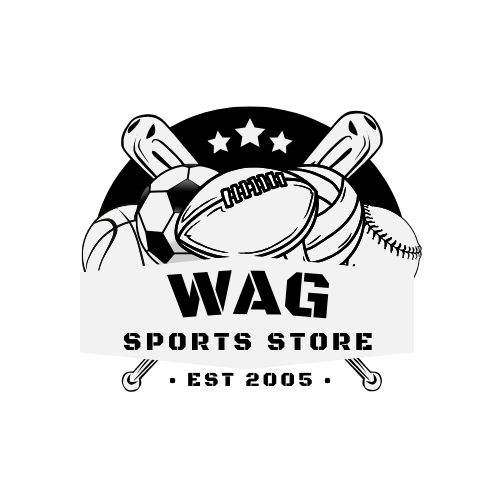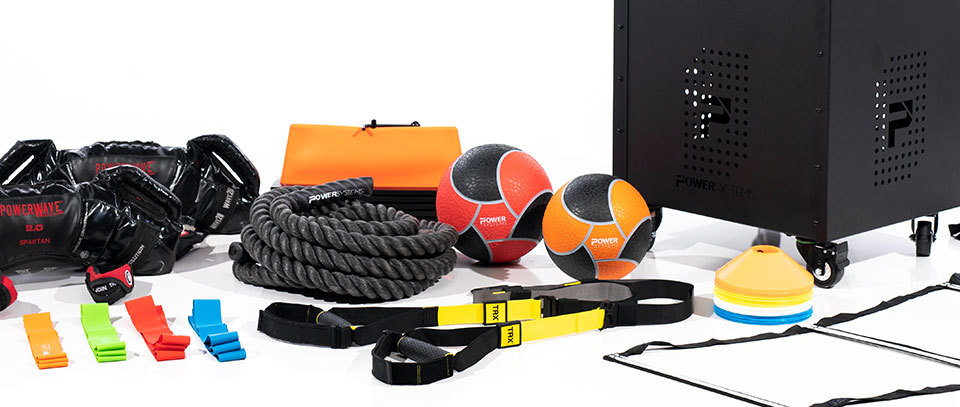Blog
“How to Upgrade Your Sports Equipment Without Overspending”
Upgrading your sports equipment can significantly enhance your performance and experience, but it doesn’t have to come at a high price. Whether you’re a casual player or a competitive athlete, knowing how to get the best value for your money is essential. Here are practical tips to help you upgrade your sports equipment while staying within your budget.
1. Set a Budget and Stick to It
Before you start shopping, decide how much you’re willing to spend. Having a budget in mind will help you stay focused and prevent you from overspending on items that aren’t necessary. Prioritize which pieces of equipment are most essential for your needs and allocate your funds accordingly.
2. Look for Seasonal Sales and Discounts
Many sports equipment retailers offer sales during the off-season, end-of-year clearances, or holiday promotions. Keep an eye on discounts and special offers to snag high-quality items at lower prices. Sign up for newsletters and follow social media accounts of your favorite brands and retailers to stay updated on upcoming sales.
3. Shop Secondhand or Refurbished Gear
Don’t underestimate the value of pre-owned or refurbished sports equipment. Thrift stores, online marketplaces like eBay, Craigslist, or specialized sports resell sites can offer gently used items at a fraction of the cost. Just make sure to check the condition and authenticity of the product before purchasing.
Tips for Buying Secondhand:
- Inspect the equipment thoroughly for any damage or wear.
- Ask the seller about the history and usage of the item.
- Look for reputable sellers with good reviews to avoid buying low-quality or counterfeit products.

4. Choose Multi-Use Equipment
Instead of investing in multiple specialized items, consider purchasing gear that serves multiple purposes. For example, a high-quality pair of training shoes that are suitable for running and general gym workouts can save you money and space. Look for versatile equipment that can meet a variety of training needs.
5. Trade or Exchange Equipment
If you have sports gear that you no longer need, consider trading or exchanging it with friends, teammates, or through online forums. This can be an excellent way to upgrade your equipment without spending money. Additionally, some sports clubs and organizations host swap events where athletes can exchange their gear.
6. Buy Last Year’s Model

Brand-new models come with a premium price tag, but last year’s models often offer similar performance at a much lower cost. When new collections are released, retailers often discount older models to make room for fresh inventory. This is an excellent time to buy high-quality equipment at a more affordable price.
7. Prioritize Quality Over Brand
While popular brands can be tempting, don’t always assume they are the best option for your needs. Often, lesser-known brands offer comparable quality at a lower price. Read reviews and check for independent comparisons to find high-performance gear that fits your budget.
8. Keep Your Gear in Good Condition
Maintaining your current sports equipment can extend its lifespan and delay the need for an upgrade. Regular cleaning, proper storage, and small repairs can go a long way in ensuring your gear stays functional and durable. For instance, cleaning your running shoes regularly and replacing worn-out laces can help them last longer.
Maintenance Tips:
- Follow manufacturer care instructions for proper cleaning and storage.
- Inspect your equipment regularly for any signs of damage or wear and repair as needed.
- Use protective cases or covers to prevent damage while transporting gear.
9. Consider Renting Equipment
For sports equipment that you use infrequently, renting may be a more cost-effective option. This can be particularly useful for niche equipment or when trying out a new sport. Many sporting goods stores and specialized facilities offer rental services for items like skis, golf clubs, or high-end bikes.
10. Use Loyalty Programs and Cashback Offers
Take advantage of loyalty programs offered by sports retailers. These programs often provide discounts, early access to sales, or points for future purchases. Additionally, using cashback credit cards for purchases can help you save a small percentage of your spending.
11. DIY Repairs and Customizations
Before replacing your gear, consider whether small repairs or customizations can breathe new life into your current equipment. For example, restringing a tennis racket, re-gripping golf clubs, or adding new padding to a helmet can restore functionality without requiring a full replacement. Online tutorials and DIY kits make it easier than ever to handle minor fixes yourself.
Customizing equipment can also improve performance without a hefty price tag. Adjusting bike seats, modifying racket grips, or adding weight to a baseball bat are cost-effective ways to tailor your gear to your preferences. Not only does this save money, but it also enhances your connection with the equipment.
12. Group Purchases and Bulk Discounts
If you’re part of a team or a group of sports enthusiasts, buying equipment together can lead to significant savings. Many retailers offer discounts on bulk orders, which is especially useful for shared gear like balls, protective equipment, or training aids. Splitting costs with others allows everyone to access high-quality products for less.
Additionally, some brands or suppliers provide special packages or team deals, including custom uniforms or accessories at reduced rates. Reach out to retailers or local shops to inquire about group pricing options.
13. Evaluate Cost vs. Usage
When upgrading equipment, think about how often you’ll use it. Investing in top-tier gear makes sense for items you rely on regularly, like running shoes or a tennis racket. For occasional use, mid-range or budget options might suffice. Understanding your needs ensures you spend wisely on products that offer the best value.
For example, if you play basketball twice a week, investing in durable, performance-enhancing shoes is worth the expense. Conversely, if you’re trying out skiing for a weekend, renting or buying affordable beginner gear is a smarter choice.
14. Join Sports Communities for Deals
Online forums, social media groups, and local clubs are great places to find deals and recommendations. Members often share exclusive discounts, insider tips, or even sell unused equipment at lower prices. Connecting with a community of athletes not only helps you save money but also keeps you informed about trends and advancements in gear.
15. Track Prices and Use Comparison Tools
Make the most of price tracking tools and apps that monitor deals across retailers. Websites like CamelCamelCamel or Google Shopping allow you to compare prices and set alerts for drops. Waiting for the right deal ensures you get premium gear without overspending.
Final Thoughts
Upgrading your sports equipment smartly is all about balancing quality, cost, and necessity. By leveraging these strategies, you can stay ahead in your game while keeping your budget intact. Sports enthusiasts know that great gear enhances performance, but savvy shopping ensures the journey stays enjoyable and sustainable.
Conclusion
Upgrading your sports equipment doesn’t have to break the bank. By shopping smart, considering secondhand options, and focusing on multi-use and high-quality gear, you can enjoy better performance and comfort without overspending. With these tips, you’ll be able to get the most out of your budget while staying equipped for success in your favorite sport.


